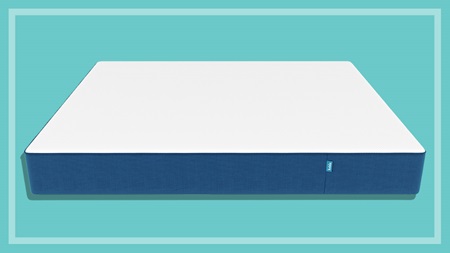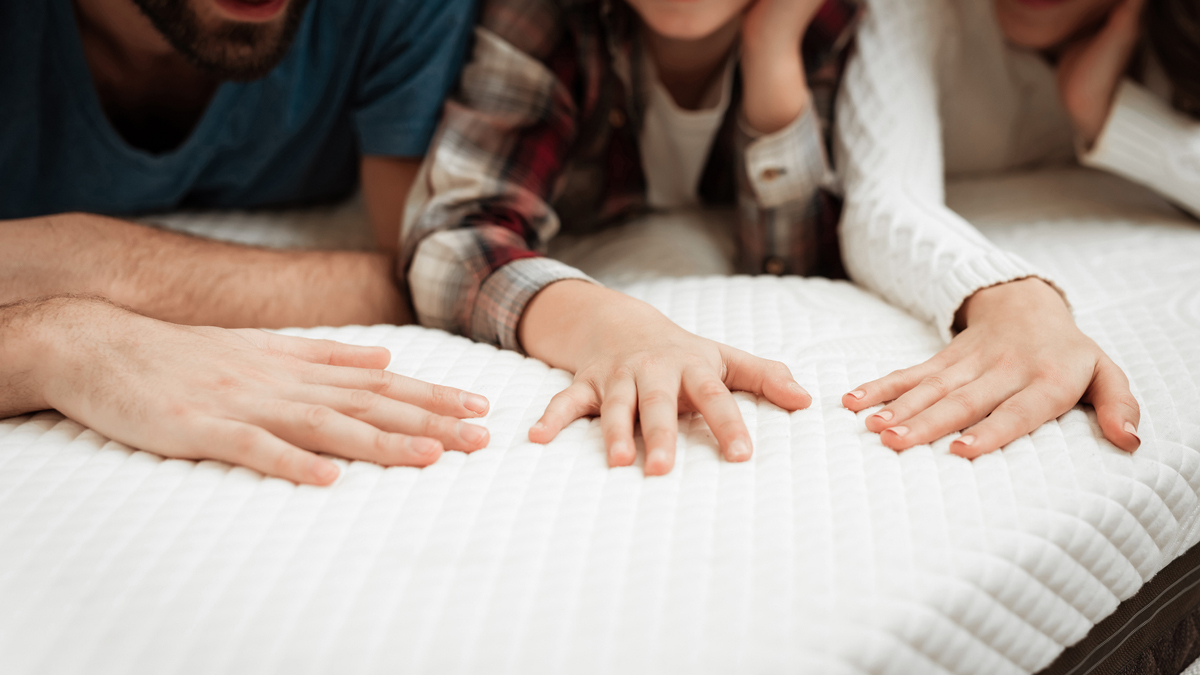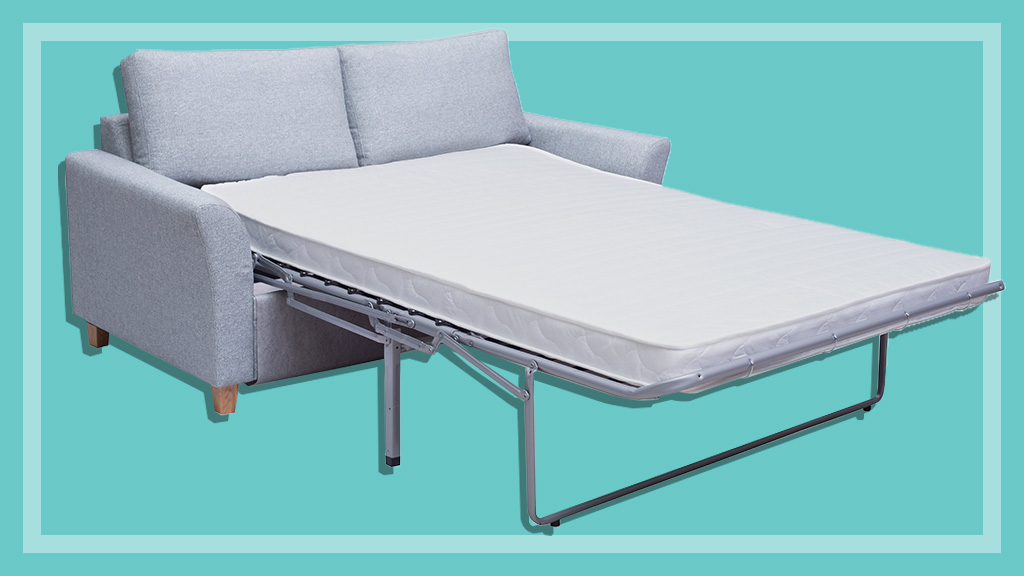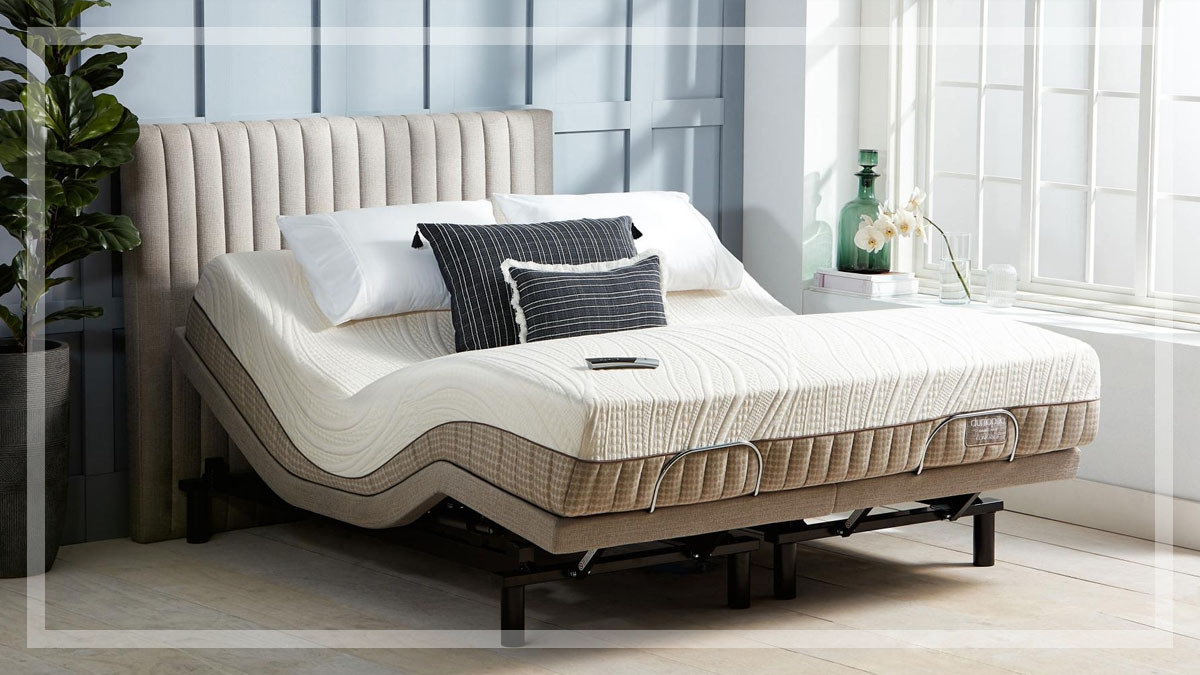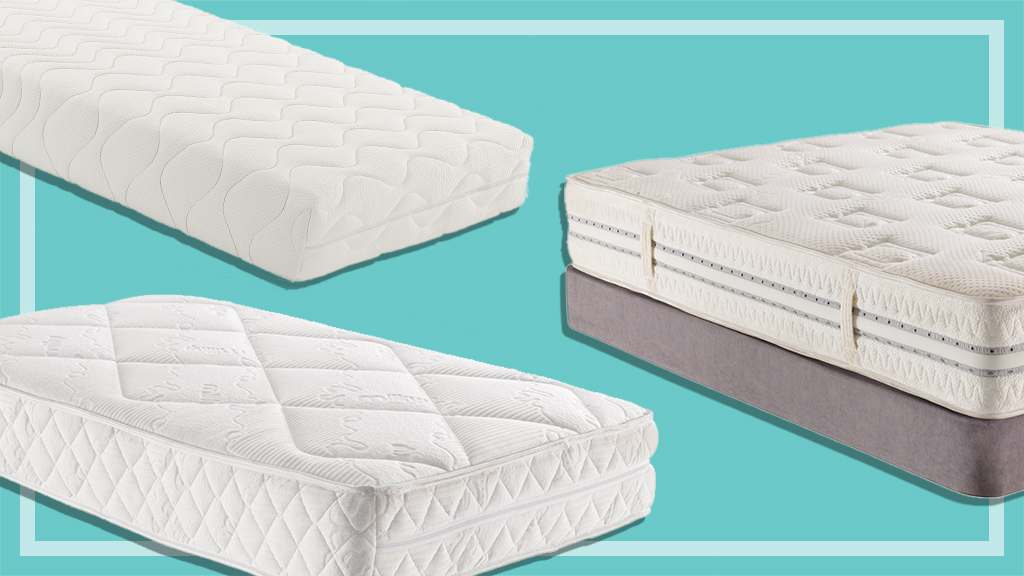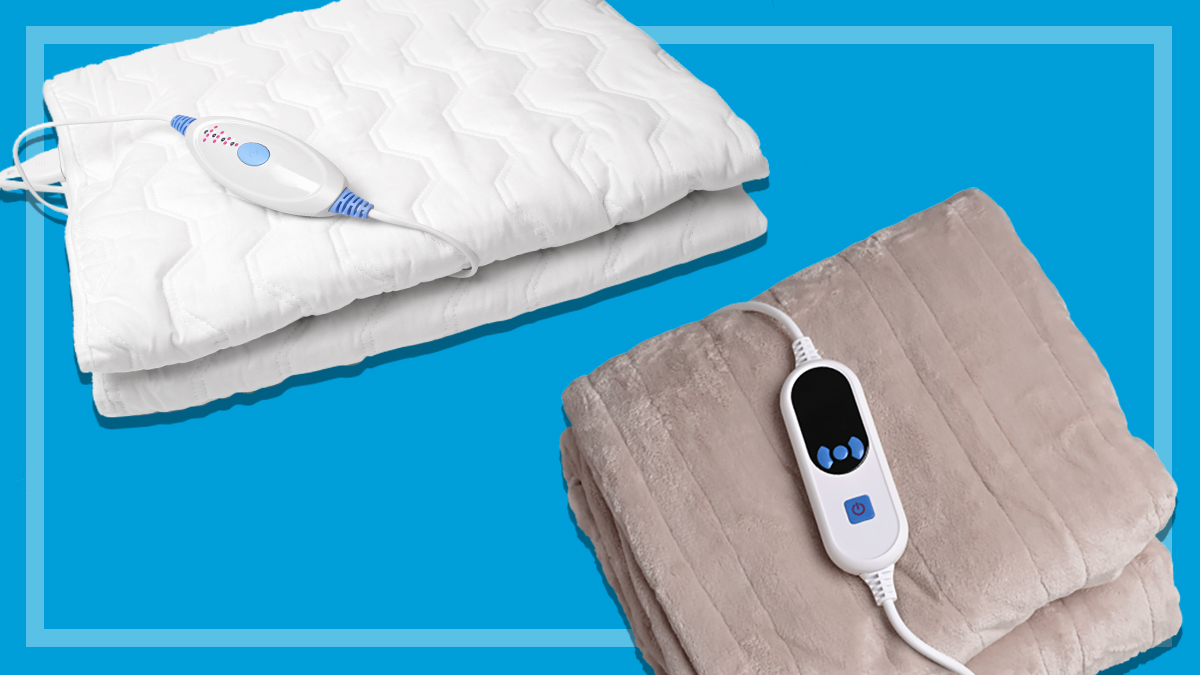Get our independent lab tests, expert reviews and honest advice.
How we test mattresses
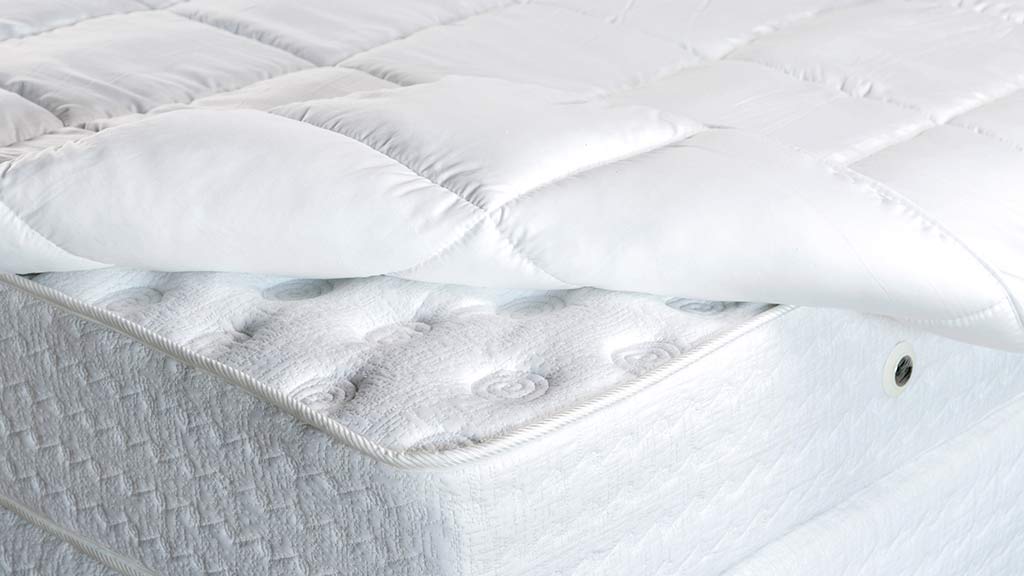
Despite the obvious assumption, we don’t test mattresses by taking naps on the job. Our experts examine spring, foam, latex and hybrid mattresses from traditional bricks-and-mortar retailers and online-only bed-in-a-box manufacturers to help you find a bed that best suits your needs.
On this page:
- How we choose what we test
- How we test mattresses
- What our tests cover
- Test criteria explained
- Environmental impact score
- How we score mattresses
How we choose what we test
Our priority is to test what you’ll find in shops. This means that sometimes we might not cover a brand with one mattress that’s sold 100 products in Australia.
Instead, we check current market figures to see what’s selling well and focus on the big brand models that sell in their thousands.
We also include models that you’ve requested – if a lot of members want it, we’re going to test it.
- Retailer mattresses: We select mattresses from major brands like Sealy, SleepMaker and A.H. Beard based on feedback from member surveys. We also select one exclusive model from third-party retailers such as Snooze, Forty Winks and Ikea, so you can consider alternatives to the big names.
- Mattress-in-a-box: We buy these (also known as bed-in-a-box) from popular manufacturers, and compare them to a traditional store-bought innerspring mattress. Though mostly made of memory foam and latex, you can find some innerspring bed-in-a-box brands.
We test firm mattresses where available. Most bed-in-a-box manufacturers sell one or two mattresses with one firmness configuration, typically medium or medium-firm. If the mattress is adjustable, such as the Sleeping Duck Mach II, we order and test it in the firm configuration. Our decision to focus on firm models was also directed by member feedback from our CHOICE Community forum.
When we know what you want, our buyers go out and purchase the products from a variety of retailers, both in person and online. This means we get what you’d get, so we can be sure the results are what you’ll find.
Re-testing existing products
It’s not uncommon for mattress manufacturers to update their products over time while selling them under the same name. We’ll re-test a mattress if the materials and/or structural design has changed, as we consider this to be a different product. When this happens, we put the year of release next to the model name, e.g. “Koala Mattress (2021 model)”.
We contact manufacturers prior to each test to find out whether changes have been made to previously tested mattresses that are still being sold. If this information isn’t supplied, we check the specifications for significant differences in thickness and weight, as these usually indicate changes to the design and materials.
How we test mattresses
Opinions on mattresses are subjective. What one person might consider comfortable, another might find punishing.
That’s why manufacturers make mattresses with varying degrees of firmness. A good mattress will retain its properties over a lifetime, not getting any less or more firm over eight years of use.
We aim to identify if the mattress will change in firmness over time, or whether you can rely on it to deliver the same standard of comfort that convinced you to buy it in the first place. Retail and mattress-in-a-box models were tested under the same conditions, using the same methodology in partnership with independent labs in Europe.
Comfort and comfort retention is based on results at each 5th percentile end of the bell curve. Up until recently, we conducted these tests on people chosen to comply with the 5th percentile (female 1.55m/54kg) and the 95th percentile (male 1.91m/104kg).
We have since switched to dummies that comply to female (1.55m/55kg) and male (1.9m/100kg) heights and weights. This range covers 90% of the general population and is similar enough to allow our current results to be comparable with previous tests.
The mattress testing standard
Australia does not have an enforceable standard for adult mattresses. This more or less means that manufacturers can set their own guidelines when it comes to making claims about the functional characteristics of their mattresses, specifically firmness and durability.
Because of this, our results are based on the European Standard CSN EN 1957. Even though this standard isn’t mandatory in Australia, local manufacturers are aware of it and it’s adhered to in numerous countries.
What our tests cover
Usage wear/damage: We roll a cask-shaped roller over each mattress for 30,000 cycles to simulate around eight years of use. Visible damage such as cracking, broken springs or pilling contributes to the usage wear/damage score. A higher score here means less damage to the mattress.
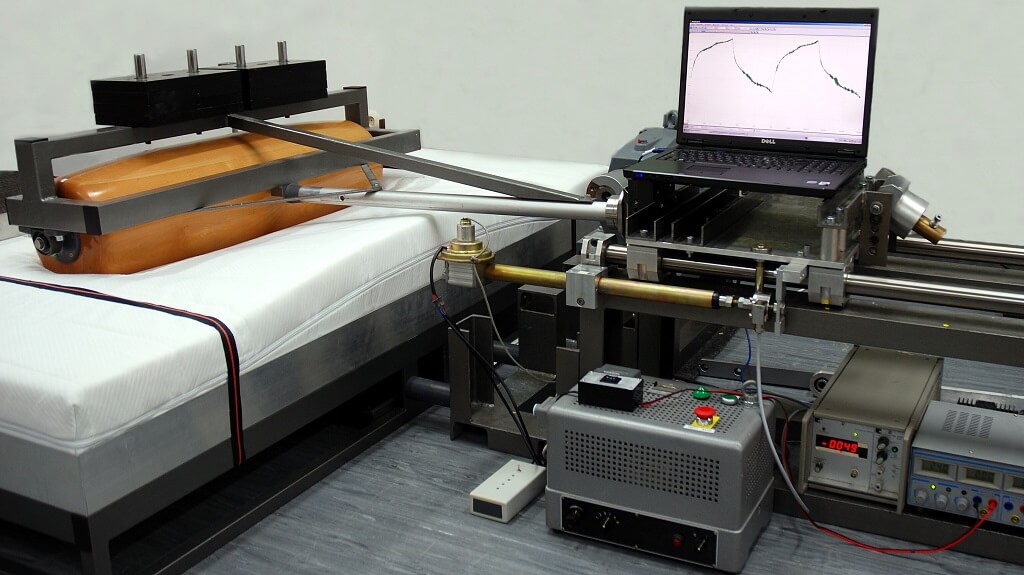
Firmness: This is determined by applying a specific pressure to the centre of the mattress, then recording the impression created at three points. These results are interpreted into a hardness value.
Comfort (unused): Before the usage wear/damage test, we conduct a comfort assessment when the mattress is brand new, taking into account body support in dorsal and lateral positions.
Dorsal (on back): We use 36 measuring points to register the test subject’s body sinking into the surface of the mattress.
Lateral (on side): We mark five aligned spots on the spine of a standing test dummy. We take photos of the test subject lying on the mattress to analyse the distance and angles between the spots. Results for both positions are compared to an index of optimum support examples. These are tested with dummies equivalent to a small woman and large man.

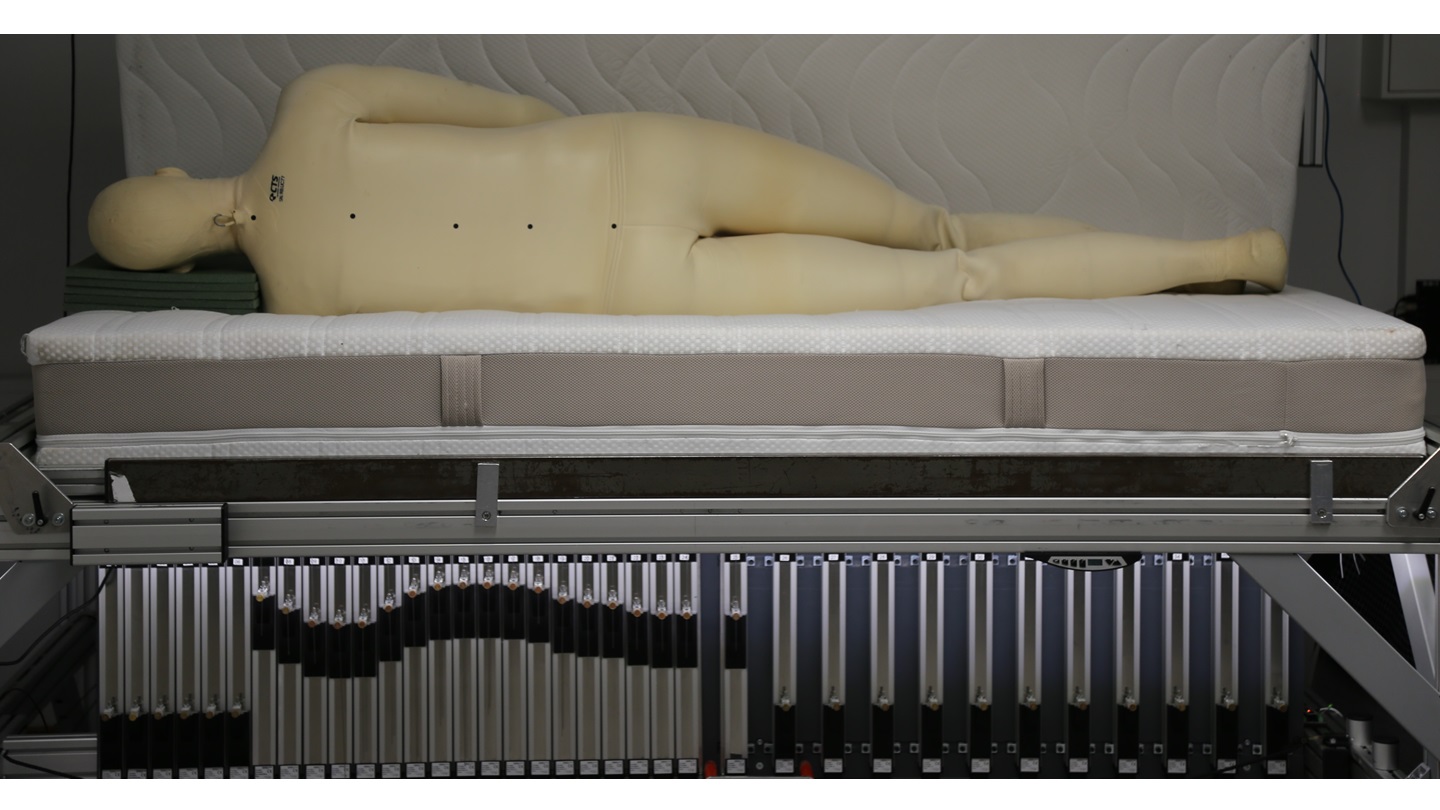
Comfort retention after eight years: We run the comfort test a second time under the same conditions, using male and female dummies, after the usage wear/damage test. Then we measure the differences and score. Higher-scoring mattresses show less change to their original comfort score over time. The overall score in this test is not an average of the separate male and female tests, instead it’s a separate test conducted with a male and female on the mattress at the same time.
Stabilisation: Using an oscilloscope we measure the movement of the mattress after a standard impact (17.5kg), simulating the turning body of a sleeping person. We also count the number of bounces up and down before the mattress is calm again. We run two tests: one to simulate bounces for a single sleeper, and a second to simulate the impact of movement on a second sleeper. Higher-scoring mattresses exhibited fewer bounces and less movement during standard impact.
Sagging: We measure height and firmness when the mattress is brand new, then again after the usage wear/damage test. After that, we calculate the difference and score accordingly.
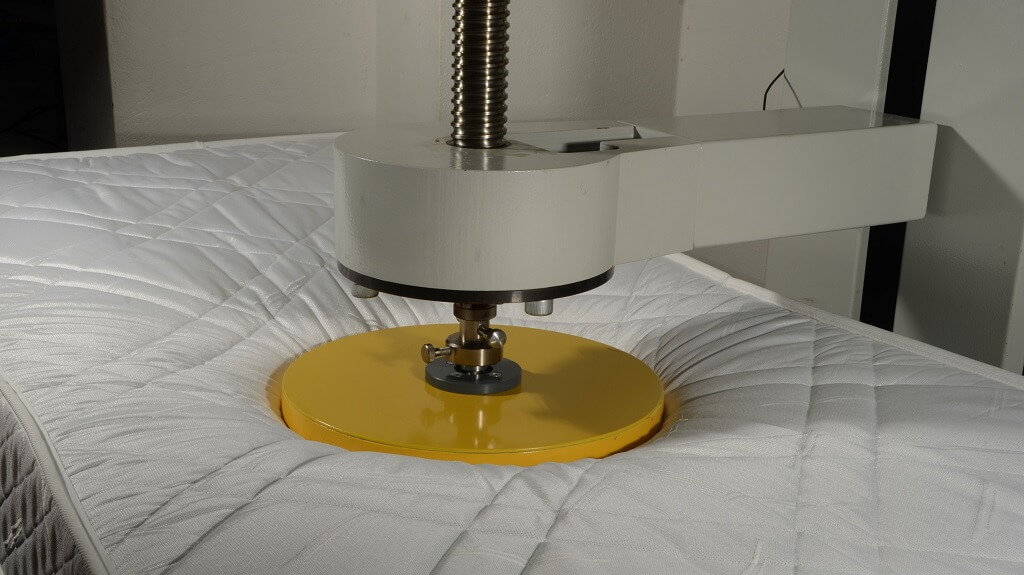
Sweat repellent (technical): We perform this test in a climate chamber at 37°C for five hours. We place a measuring vessel around the mattress so that moisture added escapes through to it. The vessel is weighed before and after testing to determine permeability and water intake of the mattress
Insulation (mattress warmth): We place a copper plate on each mattress and heat it to 37°C, then measure the amount of energy it takes to keep the plate at that temperature on the mattress over the course of eight hours. This is recorded in kilowatt hours (kWh). Then we use a relative scale to classify the energy used in everyday language – if lots of energy is required, then that means the mattress is ‘cool’, as it efficiently moves the heat away from your body through the mattress. If less energy is required, it’s classified as warm.
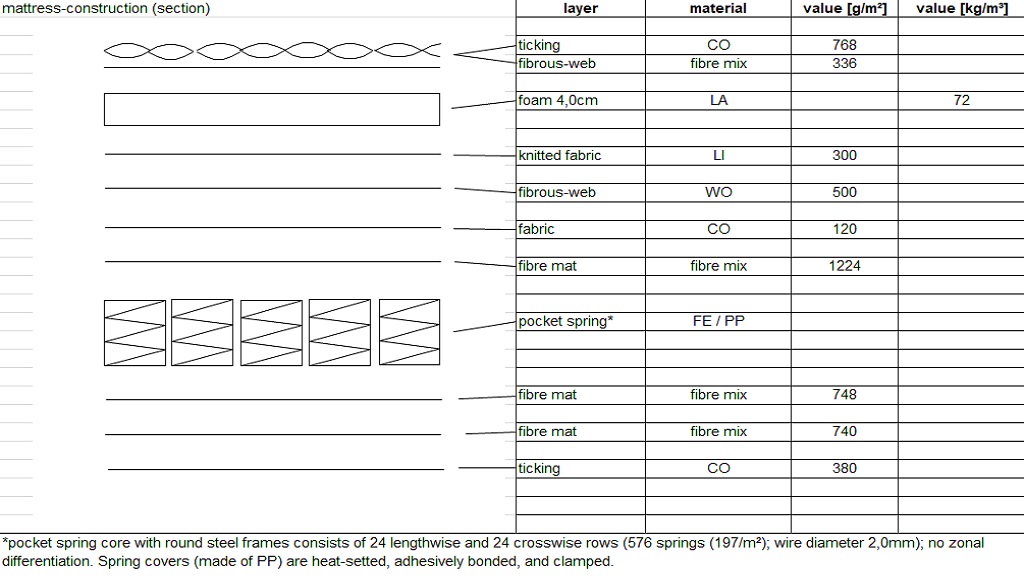
Test criteria explained
The CHOICE Expert Rating, our overall score that determines which products we recommend, is made up of:
- comfort score when the mattress is brand new (male and female average, 30%)
- comfort retention score after eight years (30%)
- stabilisation score (15%)
- sagging score (10%)
- sweat repellent score (10%)
- usage wear/damage score (5%).
Weightings are in brackets.
Environmental impact score
Our environmental impact score focuses on the carbon footprint of manufacturing the mattress materials, recyclability, and build quality. A well-made mattress doesn’t need to be replaced as often, which reduces the number of mattresses that need to be manufactured and cuts down on landfill.
The environmental impact score is made up of:
- carbon footprint (40%)
- recyclability (40%)
- build quality (20%).
Washability scores are published where covers are removable but don’t contribute to the environmental impact score. The environmental impact score does not contribute to the CHOICE Expert Rating, as not all covers can be removed for cleaning.
Carbon footprint
This refers to the amount of carbon dioxide produced during the manufacturing of each mattress, such as the carbon impact of producing one kilogram of cotton. This doesn’t factor in transporting the materials or mattresses as these figures vary depending on location.
Recyclability
This score is made up of:
- Number of materials used: Many mattress materials can be recycled but they need to be separated. Processes differ and some can’t be recycled at all. More materials can make the process harder, so models with fewer materials score higher.
- Ease of layer separation for disposal: If layers are glued together and unable to be separated easily, the parts may end up in landfill instead. Springs are also checked to see if they are clamped in or affixed to other layers with wires. Mattresses that can be easily separated into recyclable and non-recyclable layers score higher.
- Number of layers: Mattresses with a high number of layers are harder to deconstruct for recycling or disposal. More layers means lower scores in our test.
We cut each mattress open to identify the materials, the amount used and how the layers were put together. This includes cutting the corner off each mattress for cross-sectional photographs, which you can view in our test.
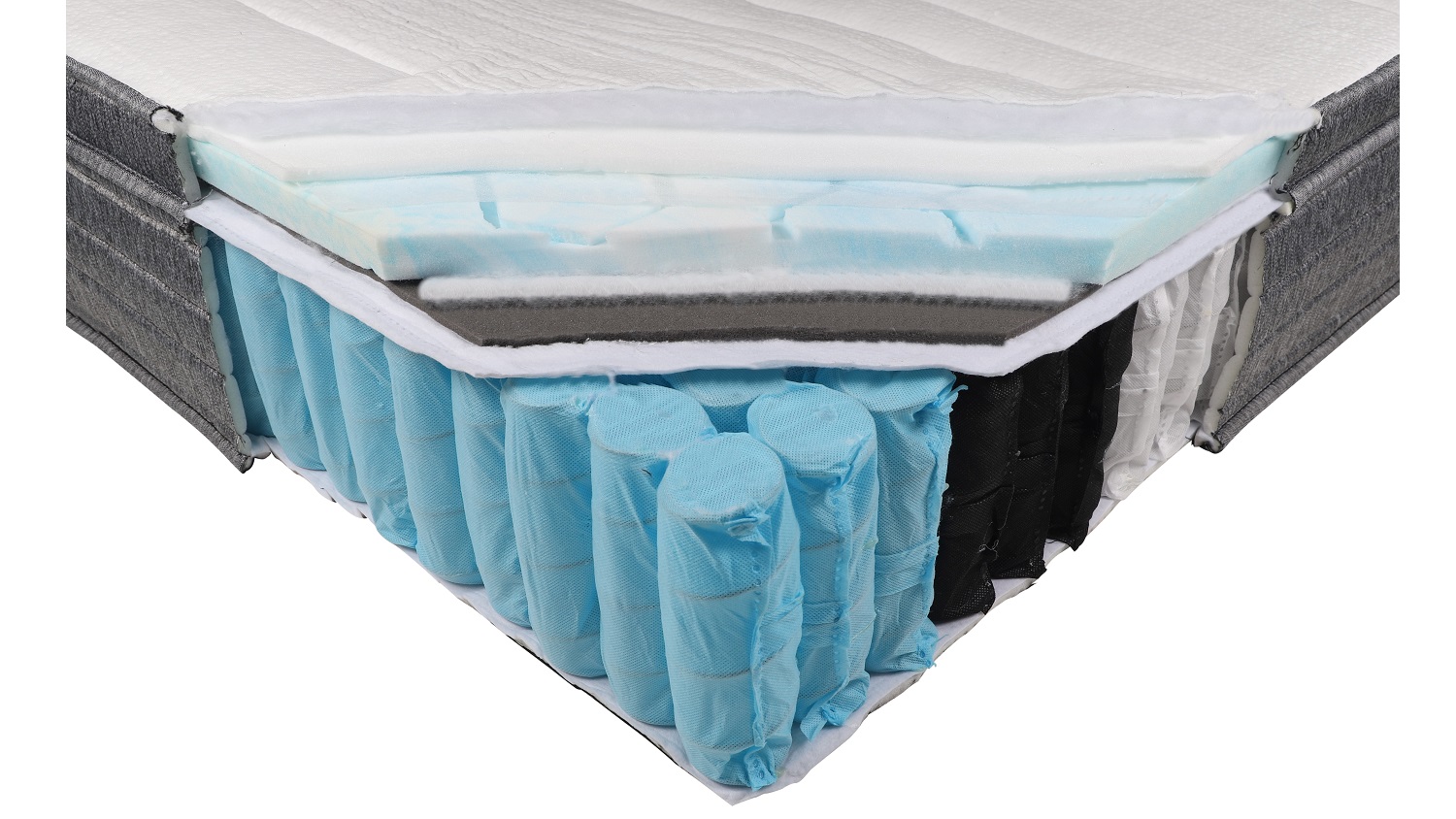
Build quality
We also check the workmanship of the mattress. We look for the distance of stitches (mm) on the surface and zipper, loose threads, tension, rippled zipper, discharge of polyester wadding and skewed seams. Poorly constructed mattresses need to be replaced more frequently, which has a negative impact on the environment.
Cover washability and durability
Can the cover be removed, washed and easily refitted? A washable cover can extend the lifespan of the mattress, as it’s the main point of contact between the mattress and your body.
Removable covers are washed in accordance to the given instructions. If no instructions, the cover is washed at 60°C. If the care instructions indicate a washing temperature lower than 60°C, then the cover is washed at this temperature, and then again at 60°C.
We look for any signs of wear or damage after washing is complete, such as stretching or shrinking. To do this, we mark the cover before washing (usually 180cm x 80cm), then measure the distance between the markings after the wash cycle is done. We also conduct a visual inspection for fading.
How we score mattresses
We recommend mattresses with a CHOICE Expert Rating of 75%. This increased from 70% in May 2021 and has been retroactively applied to all previously tested mattresses. Mattresses that score between 70% and 75% are still worth considering.
The unused comfort score shows how comfortable and supportive the mattress is when it’s brand new. Mattresses with a higher score here are more comfortable.
Comfort retention after eight years is a bit different. Here, the score indicates how similar the mattress feels to the way it felt out of the box after eight years of use. For example, if a mattress earned an out-of-the-box comfort score of 75%, then 95% after the eight years of use test, it will feel very similar after eight years and the comfort level would still be considered good.
A mattress with a sagging score of 95% is excellent, which indicates limited sagging, whereas a score of 60% is OK, which indicates substantial sagging
Conversely, a mattress with an out-of-the-box comfort score of 30% and a score after eight years of use of 95% will still feel poor after eight years. The feel of a mattress with an out-of-the-box score of 80% will be noticeably different if the eight-year use score is around 70%.
Comfort retention after eight years only relates to the unused comfort score – it doesn’t mean that the mattress comfort became ‘excellent’ after eight years. We include this score as mattress comfort is subjective, so we like to highlight mattresses that show little signs of change over their lifetime.
Our sagging score is the same. It doesn’t show how much the mattress has sagged over eight years, but rather how it performed. A mattress with a sagging score of 95% is excellent, which indicates limited sagging, whereas a score of 60% is OK, which indicates substantial sagging.
The usage wear/damage score also takes this approach. A score of 95% indicates limited damage over time. Sweat repellent score, meanwhile, shows how poor, good, or excellent the mattress is at expelling fluid and skin.

